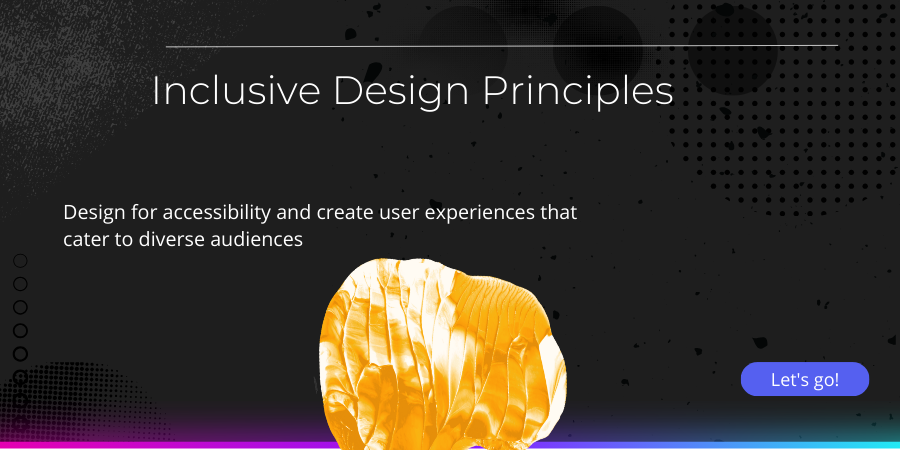
Designing for Accessibility: Inclusive User Experiences
Course Description
In this module, you will explore the significance of designing for accessibility to create inclusive digital products that everyone can use, including individuals with disabilities. You'll learn about key principles and guidelines for accessible design, such as color contrast, keyboard navigation, and screen reader compatibility. By the end of the module, you'll understand how to implement accessibility best practices to enhance usability and ensure that your designs cater to a diverse range of users.
Creating accessible digital experiences is not just about compliance—it is about ensuring that all users, regardless of ability, can interact with and benefit from your design. Accessibility in user experience (UX) design is essential for making websites, applications, and digital platforms usable by individuals with visual, auditory, cognitive, and motor impairments. By considering diverse needs and implementing inclusive practices, designers can create products that are not only legally compliant but also more effective, user-friendly, and widely adopted.
One of the primary aspects of accessible design is ensuring that visual elements cater to individuals with varying levels of sight. Color contrast plays a significant role in readability, as individuals with color blindness or low vision may struggle to distinguish between similar shades. Using high-contrast color combinations and avoiding reliance on color alone to convey information can improve usability for all users. Similarly, scalable text and adaptable font sizes enable users to adjust content based on their preferences, enhancing readability without distorting the layout.
Alternative text (alt text) for images is another key component of accessibility. Screen readers rely on descriptive alt text to provide visually impaired users with meaningful information about images and graphics. Ensuring that all non-text elements, including charts, buttons, and icons, have descriptive labels helps users navigate content effectively. Additionally, structuring content with clear and logical heading hierarchies allows screen reader users to scan and understand information efficiently.




